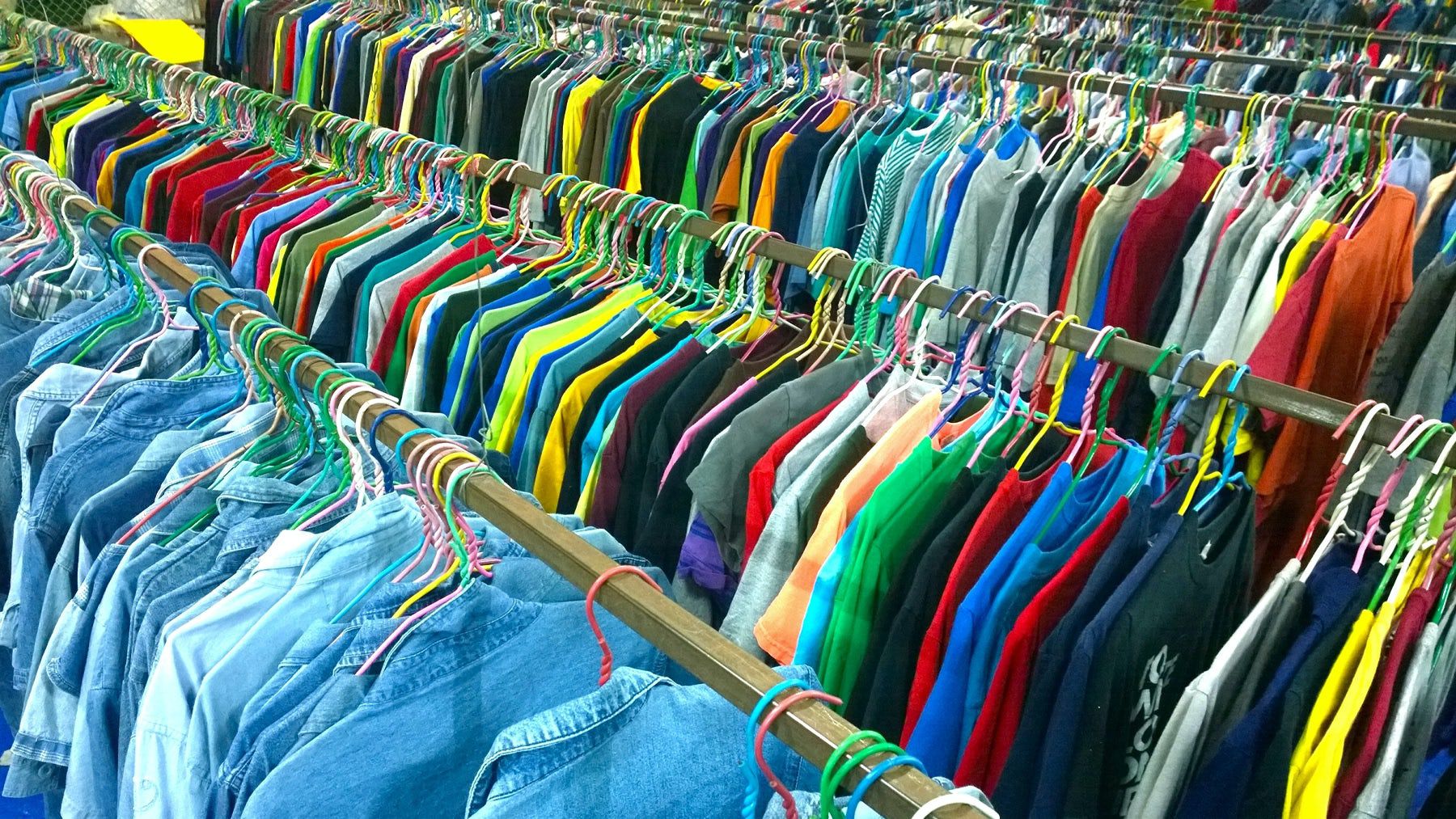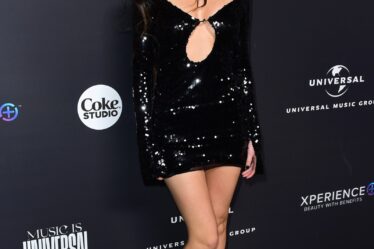
Inflation-weary shoppers are cutting back sharply on clothing purchases, prompting US retailers to slash prices in order to clear inventory off the racks.
Earlier this month, executives at US giants Walmart and Target were forced to offer deep discounts and rollbacks on clothing to clear shelves.
This week, Victoria’s Secret, Urban Outfitters and Kohl’s said in conference calls with analysts that shoppers are only buying certain types of garments. While the companies did not give specific product examples, this is the trend they are seeing: shoppers are willing to open their wallets for a two-for-$52 deal on bras at Victoria’s Secret, but a $52.95 pair of joggers at PINK may be just too much.
All eyes are on Gap Inc, which reports quarterly results after the market closes on Thursday.
Urban Outfitters and Victoria’s Secret said they are seeing brands tailored to younger audiences decline in sales. Victoria’s Secret’s PINK line, which targets teens and young women, saw strained clothing sales in the second quarter compared to the company’s Victoria brand of intimates and sleepwear.
“We will be very prudent on our purchases” of apparel “for the back half of the year,” Victoria’s Secret Chief Executive Martin Waters said during the company’s earnings call Thursday.
Urban Outfitters’s young, less affluent shoppers held off from purchasing full-priced items and waited “for promotions before buying,” Urban’s CEO Richard Hayne said on Tuesday.
Kohl’s said that junior’s apparel saw a decline in sales in the second quarter because the designs were “too much fashion, not enough of the basics,” although women’s apparel outperformed other categories.
“Some of the fashion choices were a little too young, I would say. That’s been course-corrected,” Kohl’s CEO Michelle Gass said on a Tuesday earnings call. “I’d say one of the things that has hurt us is with all (the) supply chain disruption that’s happened, we were not able to get in and out of some of those items.”
Walmart and Target dealt with similar problems. Both retailers struggled with offloading apparel merchandise that arrived a few seasons late, which they are trying to pare-down by aggressively cutting prices. One bright spot, however, was trendy women’s clothing, Target said last week, where it saw “meaningful growth.”
Jessica Ramírez, senior research analyst at Jane Hali and Associates, said she has noticed heavy discounts on Gap and Old Navy labels, while the higher-end Banana Republic brand, which sells dressy, office-wear, has managed to sell more garments at regular prices.
Demand for dressy-looks and work-ready clothing was solid at Macy’s and Kohl’s, the companies said.
At Kohl’s, women’s and men’s “elevated casual” styles including dresses and clothes for the office outperformed as more people returned to work, it said. Kohl’s has been investing in dressy styles from brands including Simply Vera, Lauren Conrad and Nine West, for customers who are working in office settings more often, though it also is planning clearance events to help move unwanted items off shelves.
Macy’s CEO Jeffrey Gennette said on the company’s earnings call on Tuesday that occasion-based clothing in men’s and women’s are “very healthy categories” with men’s and “missy career” work clothing average selling price increasing 29 percent and 20 percent, respectively, compared to categories with heavy promotions due to excess inventory.
By Arriana McLymore; Editing by Lisa Shumaker
Learn more:
What Happens When the E-Commerce Boom Ends
Online sales growth is returning to its slower, pre-pandemic trajectory. As shoppers head back into stores, new expectations around service are setting the stage for the next chapter of retail.


